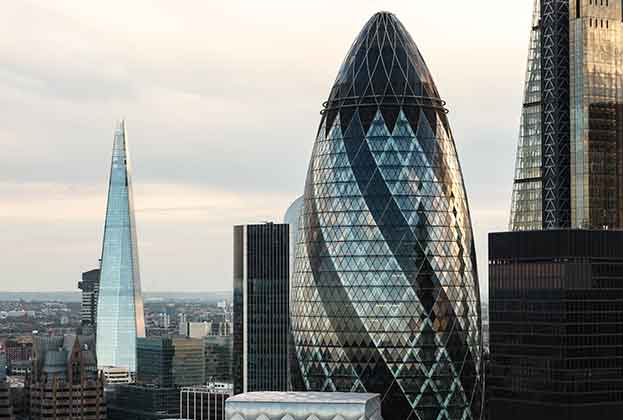The news of UK inflation rates hitting a five-year high announced on 17 October 2017 will be a further blow to many firms across the country who have already seen significant increases to their business rates following the 2017 revaluation (which took effect on 1 April this year). Annual increases in business rates in the UK are currently linked to the Retail Prices Index (RPI), which now stands at 3.85 per cent.
Traditionally, the multiplier used to calculate business rates is increased by the preceding September’s RPI figure, which is then applied in April. Earlier in 2017, the Government announced that it had listened to UK businesses and accepted that increasing the multiplier by the Consumer Prices Index (CPI) is more appropriate than RPI.
However this change will not be implemented until 2020 at the earliest. Despite the fact that the CPI is now at its highest level since 2012 at 3 per cent (up from 2.9 per cent in August 2017), it is still considerably lower than the RPI and would therefore make a substantial difference to UK businesses if it were used sooner for taxing business rates.
The transitional cap on business rate increases next year is set at 32 per cent plus inflation for rateable values above £100,000, resulting in a gross increase of approximately 37.15 per cent for businesses in this category, as opposed to 35.96 per cent under CPI.
To put this into context, a business occupying a property with a rateable value of £100,000 will pay an extra £400 next year due to the use of RPI rather than CPI and a property commanding a rateable value of £1 million will pay an extra £4,000. This will be compounded throughout the life of this rating list, so these businesses will pay this extra amount every year until the next revaluation in 2022. Even if the Government introduces CPI as the measure from 1 April 2019, this one-year delay alone will cost a business with £1 million rateable value approximately £16,000 until the next revaluation.
Conversely, those larger properties which saw reductions in their rateable values following revaluation this year will now only see a decrease in rates payable of just 0.88 per cent, as opposed to a decrease of 1.74 per cent under CPI.
The increase in UK inflation rates combined with the delay in the adoption of CPI as a measure to tax business rates puts UK businesses under further pressure at a time when many are still adapting to the substantial rate increases brought about by the rating revaluation earlier this year.
The repercussions of this revaluation and subsequent changes to the system have been felt by businesses large and small across the country and it will be sometime before we know the full impact. The immediate relief offered by switching to CPI taxing would therefore provide some much-needed breathing space for our business community.
Further information
.jpg)
.jpg)

